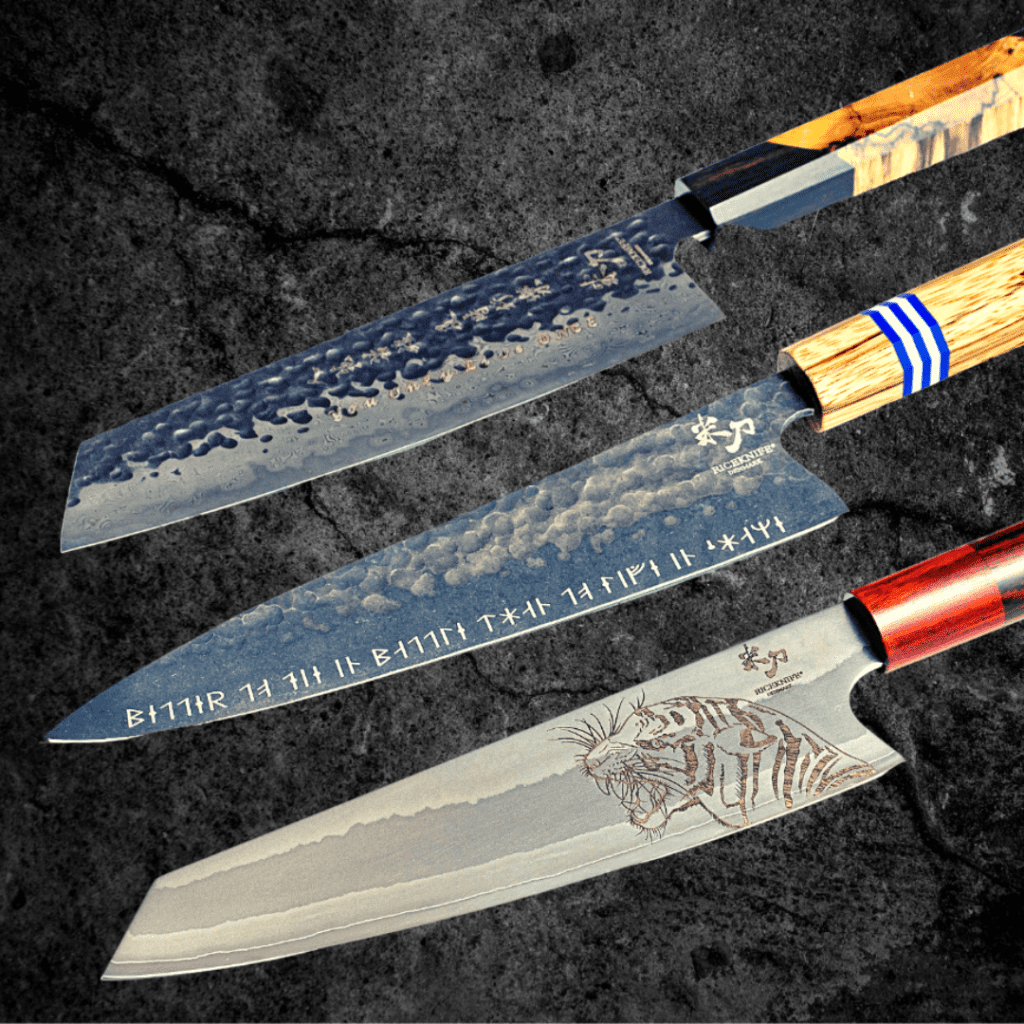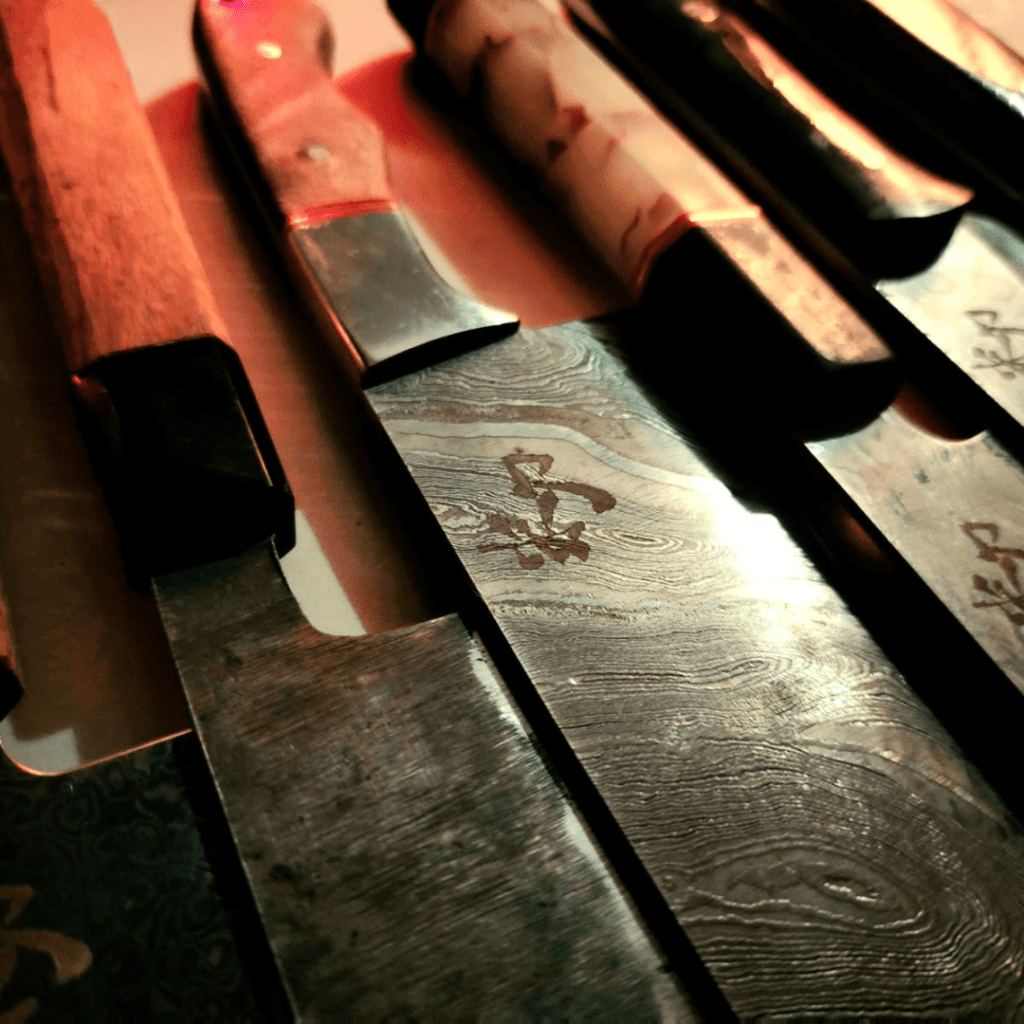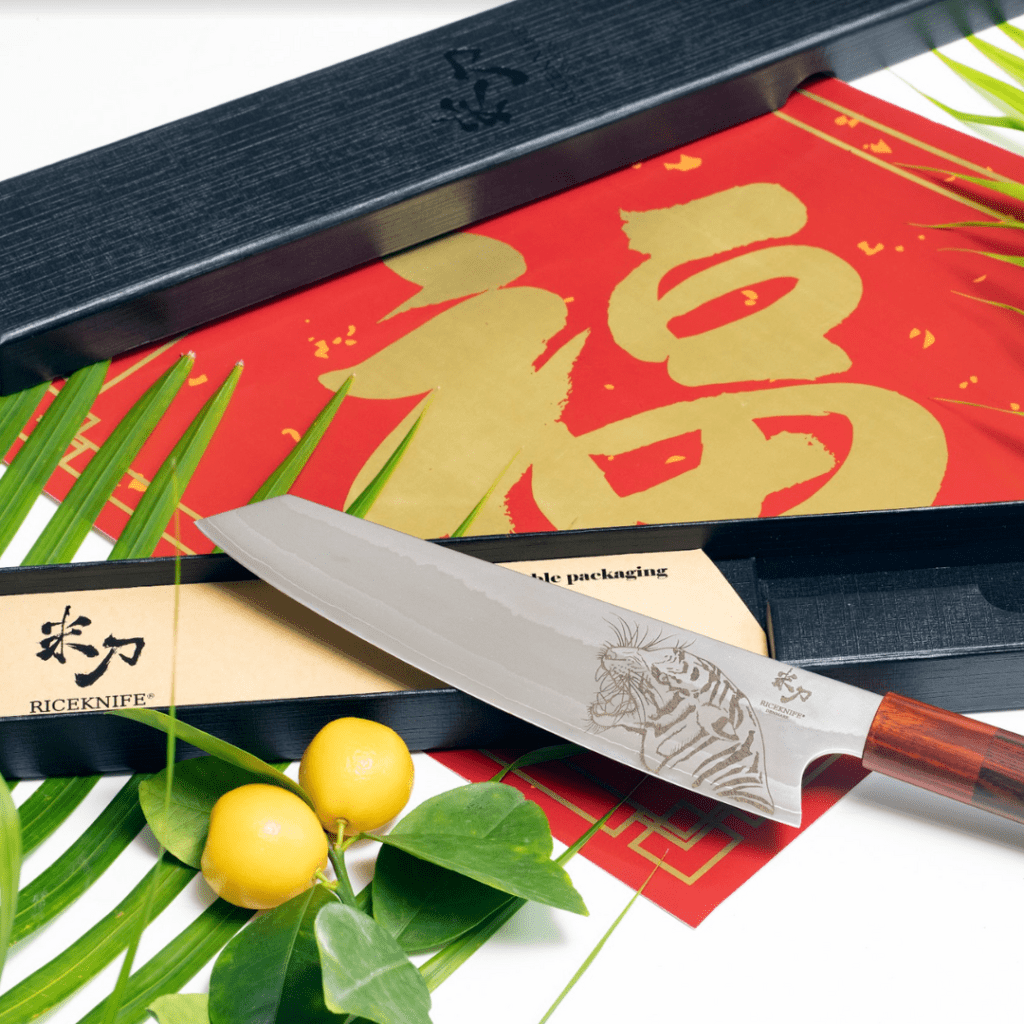Sharpening a knife is a crucial task that should not be overlooked. Whether you are a professional chef, a home cook, or a hunter, having a sharp knife is essential for both safety and efficiency. A dull knife can cause injury and make cutting tasks more difficult, whereas a sharp knife will glide through food with ease and precision. In this article, we will discuss the different methods of sharpening a knife, including honing, sharpening, and stropping. We will also cover the different types of sharpeners, the importance of maintaining a consistent angle, and tips for keeping your knives in top condition.
Honing vs. Sharpening
Before diving into the different methods of sharpening a knife, it is important to understand the difference between honing and sharpening. Honing is the process of realigning the edge of the knife, while sharpening is the process of creating a new edge. Honing is typically done with a honing rod or a honing steel, and is recommended to be done before each use to maintain the knife’s edge. Sharpening, on the other hand, is done with a sharpening stone or a sharpening machine, and is typically done less frequently, depending on how often the knife is used.
Sharpening Stones
Sharpening stones are the most traditional method of sharpening a knife. They come in different grits, with the lower numbers indicating a coarser stone and the higher numbers indicating a finer stone. The coarser stones are used to remove nicks and burrs from the blade, while the finer stones are used to create a razor-sharp edge. When using a sharpening stone, it is important to maintain a consistent angle between the blade and the stone, typically between 20 and 25 degrees. This angle should be the same for both sides of the blade, and should be maintained throughout the sharpening process.
Sharpening Machines
Sharpening machines, also known as electric sharpeners, are a more modern method of sharpening a knife. They typically have multiple stages, each with a different grit of diamond-coated grinding wheel. The first stage is typically a coarse wheel for removing nicks and burrs, followed by a fine wheel for creating a razor-sharp edge. Sharpening machines are convenient and easy to use, but they can be expensive and can remove more steel than necessary if not used properly.
Stropping
Stropping is the final step in the sharpening process and is used to polish the edge of the knife. It is typically done with a leather strop, which is a strip of leather that is impregnated with a polishing compound. The knife is held at the same angle as when sharpening and is pulled across the strop in a back-and-forth motion. This process removes any burrs or wire edges that may have been created during the sharpening process and creates a mirror-like finish on the edge of the knife.
Maintaining a Consistent Angle
Maintaining a consistent angle when sharpening a knife is crucial for creating a sharp and durable edge. The angle should be the same for both sides of the blade and should be maintained throughout the sharpening process. A consistent angle will ensure that the edge is sharp and that the blade is balanced.
Tips for Keeping Your Knives in Top Condition
- Use a honing rod or honing steel before each use to realign the edge of the knife.
- Sharpen your knives regularly, depending on how often they are used.
- Always maintain a consistent angle when sharpening, between 20 and 25 degrees.
- Use a sharpening stone or sharpening machine, depending on your preference and budget.
- Finish the sharpening process with a leather strop to remove any burrs and create a mirror-like finish on the edge.
- Store your knives in a safe place, such as a knife block or sheath, to prevent damage to the edge.
- Avoid using your knives on hard surfaces, such as glass cutting boards or granite countertops, as these surfaces can dull the edge quickly.
- Clean your knives after each use and dry them thoroughly to prevent rust and corrosion.
- If you notice that your knife is chipped or damaged, have it professionally sharpened or repaired to avoid further damage.
- Invest in a quality sharpening tool, such as a whetstone or honing rod, to ensure that you are able to properly sharpen and maintain your knives.
In conclusion, sharpening a knife is a crucial task that should not be overlooked. Whether you are a professional chef, a home cook, or a hunter, having a sharp knife is essential for both safety and efficiency. By understanding the different methods of sharpening, maintaining a consistent angle, and taking proper care of your knives, you will be able to enjoy the benefits of a razor-sharp edge for years to come. Remember to use honing before each use and sharpening regularly, finish the sharpening process with a leather strop, store your knives properly and invest in a quality sharpening tool to ensure that you are able to properly sharpen and maintain your knives.
Happy sharpening!




